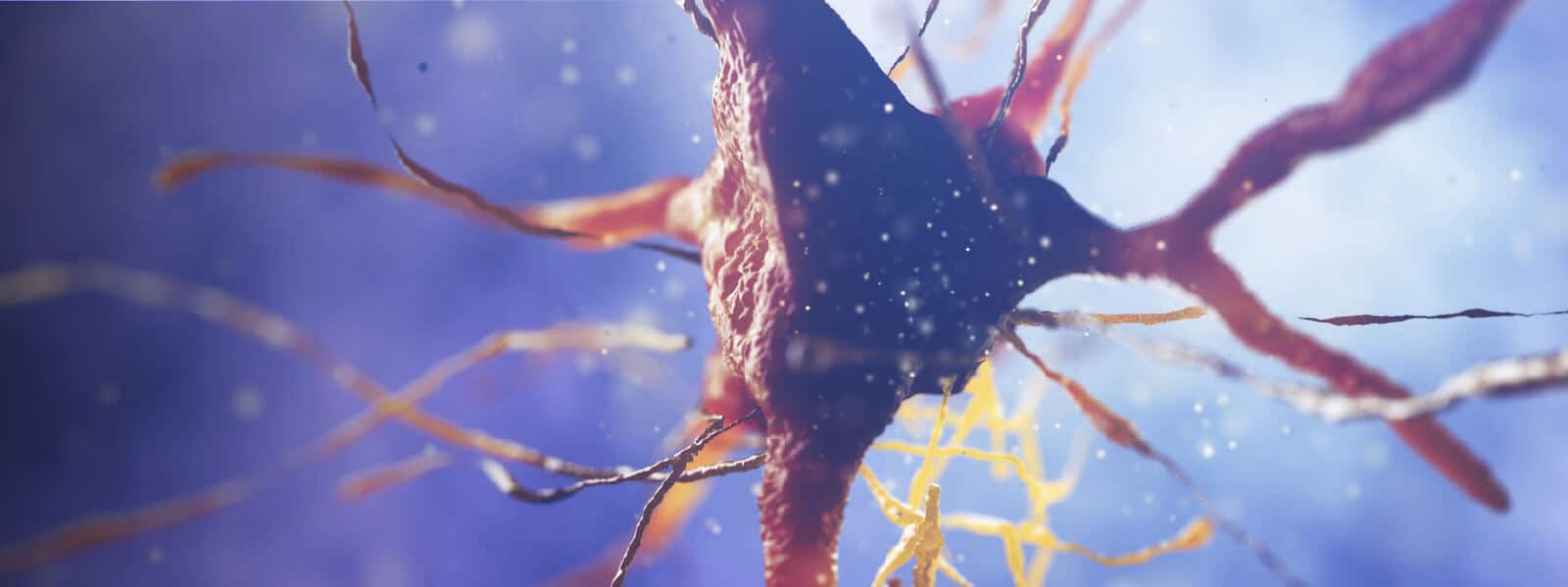
Physiology News Magazine
Obituary: Peter Bryan Conrad Matthews 1928 – 2020
Membership
Obituary: Peter Bryan Conrad Matthews 1928 – 2020
Membership
Written by Bob Banks (Durham University).
https://doi.org/10.36866/pn.118.49
Peter Matthews was born 23 December 1928, the son of Bryan and Rachel Matthews, both of whom were physiologists. In Cambridge he attended King’s College Choir School where, to quote Peter himself, he studied “Latin and maths, Latin and maths” but no science, before moving to Marlborough College in 1942 where his interest and aptitude in science were nurtured.
He won a scholarship to King’s College Cambridge to read Natural Sciences (in chemistry, physics, and physiology), and graduated with a first in 1946. During his final year at Cambridge, Peter became friends with Alan Turing who had returned to his old room in King’s College as a Fellow, following his still secret war work at Bletchley Park. Despite Peter’s professed lack of mathematical ability, he recalls Alan showing him a mechanical differential analyser that Alan was using in his work on the mathematics of pattern formation in animals, such as the stripes of the zebra. One could scarcely have had an earlier introduction to computing!
A year later, he moved to Mill Hill on an MRC studentship where he worked on Pacinian corpuscles under John Gray, confirming their rapidly adapting nature. Pacinian corpuscles are found in many connective tissues and around joints, and had been identified, wrongly, by Edgar Adrian as slowly adapting. Actually they are so rapidly adapting that they are highly sensitive to vibration and react best to a high-frequency mechanical stimulus.
Peter then returned to Cambridge for a year of preclinical study before moving to Oxford, where he spent the rest of his academic career, for the clinical components of his medical degree.
During his clinical studies, Peter became intrigued by an observation of the neurologist Francis Walshe that an injection of the anaesthetic procaine into the muscles of Parkinson’s patients would relieve their spasticity. He doubted Walshe’s interpretation that this was due to the preferential block of the large afferents from muscle spindles. Instead he thought that if procaine preferentially blocked the small efferent gamma fibres a similar relief of spasticity would occur. The gamma fibres had recently been identified by Leksell as purely fusimotor in action, implying their exclusive distribution to muscle spindles. Peter was soon able to confirm his idea, initially working alone in 6-month periods between house jobs, and later in collaboration with Geoffrey Rushworth.
In 1956 he was appointed University Demonstrator in the Department of Physiology, then headed by EGT Liddell. In the same year he also married Margaret Rosemary Blears, who published numerous papers on autonomic neurons under her married name. The marriage was to last throughout Peter’s life. In 1961 he was appointed University Lecturer in Physiology.
Peter’s experience with procaine led on to his seminal work in which he identified A1 and A2 types of muscle afferents, discovered by his father, as being muscle-spindle primary and secondary endings respectively. He also showed the complex nature of the primary ending’s response to stretch, which exhibited both phasic (or dynamic) and tonic (or static) components as compared to the simpler, more or less purely tonic response of the secondary endings. He found that the phasic component of the primary response is such that the ending is highly sensitive to vibration, which he was to exploit most productively in later studies on reflex actions. And he divided gamma fibres into two functional categories according to their effects on the primary ending’s response, naming them dynamic and static according to whether they enhanced the phasic or tonic components. He conducted all of this work alone or in collaboration with few others, notably Michael Brown, Robin Harvey, Jan Jansen, Alan Crowe, Dick Stein, and Manuel Hulliger.
Peter published several highly influential reviews, most importantly The Physiological Society’s Monograph “Mammalian Muscle Receptors and their Central Actions” in 1972. The same year also saw the publication of what was to become his most cited paper to date: “Contribution of muscle afferents to kinaesthesia shown by vibration induced illusions of movement and by effects of paralysing joint afferents.” In the beautifully conceived and conclusive experiments conducted on themselves, Peter, Guy Goodwin and Ian McCloskey showed that muscle afferents contributed to conscious position sense, in contrast to the then widely accepted view that they played no role in conscious perception. From then on, most of Peter’s work concerned reflex actions in motor control, extending the insights gained from single-unit work in the cat to human reflex function.
Peter retired in 1996, a year after becoming an Honorary Member of The Society, but continued publishing for some years afterwards, most recently an introductory review to the proceedings of my own retirement symposium in 2014. He attended together with his wife, despite having suffered a non-dominant stroke about 10 years earlier. During the scientific sessions of the meeting he displayed the same sharpness of intellect and command of his subject that was familiar to those attendees of my generation.
Peter died 2 March 2020 aged 91. He is survived by his wife Margaret, their son Hugh, and daughter Clare.
